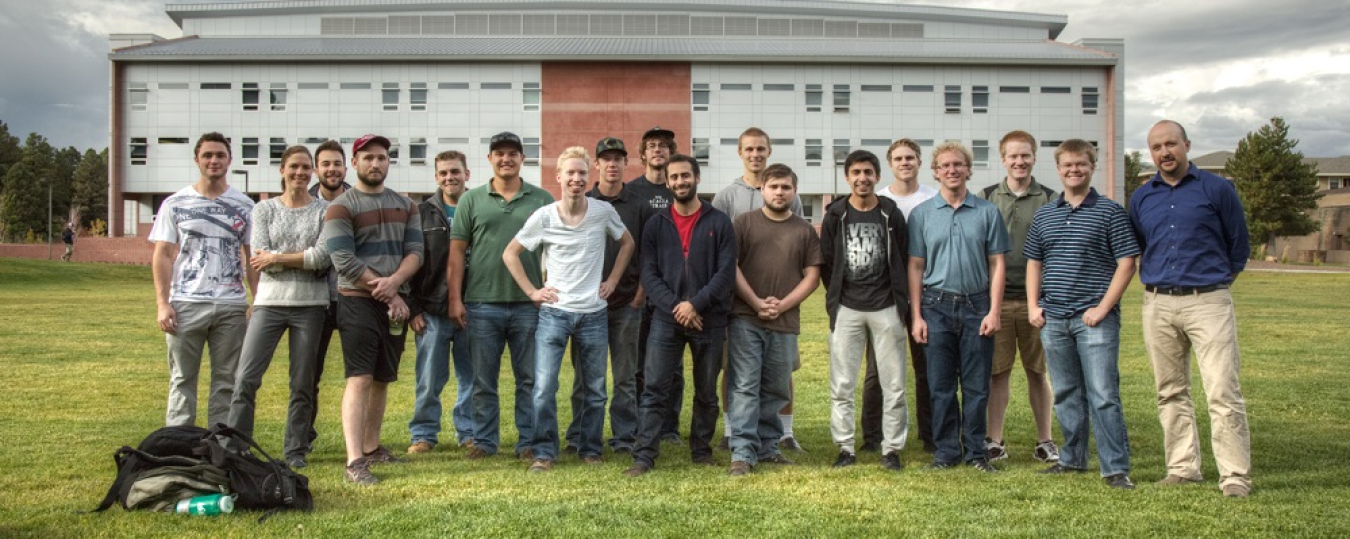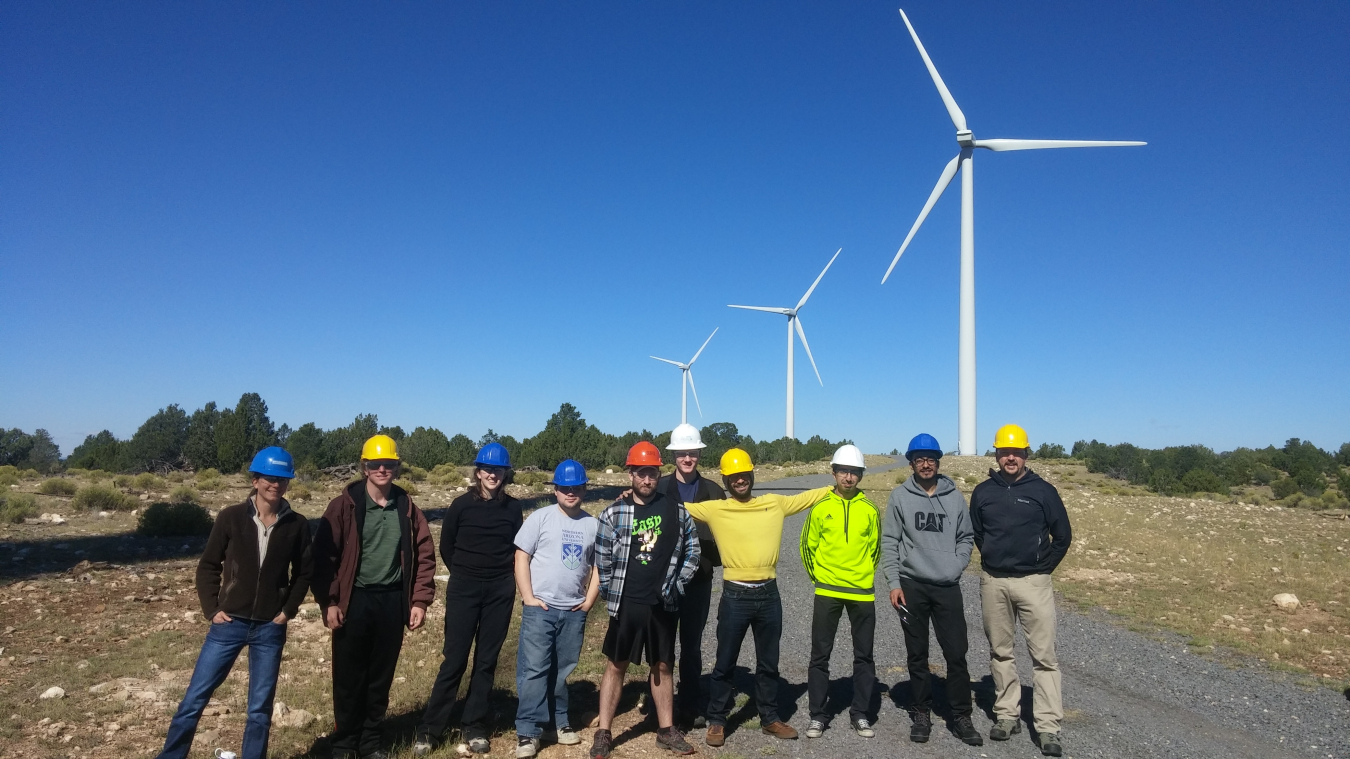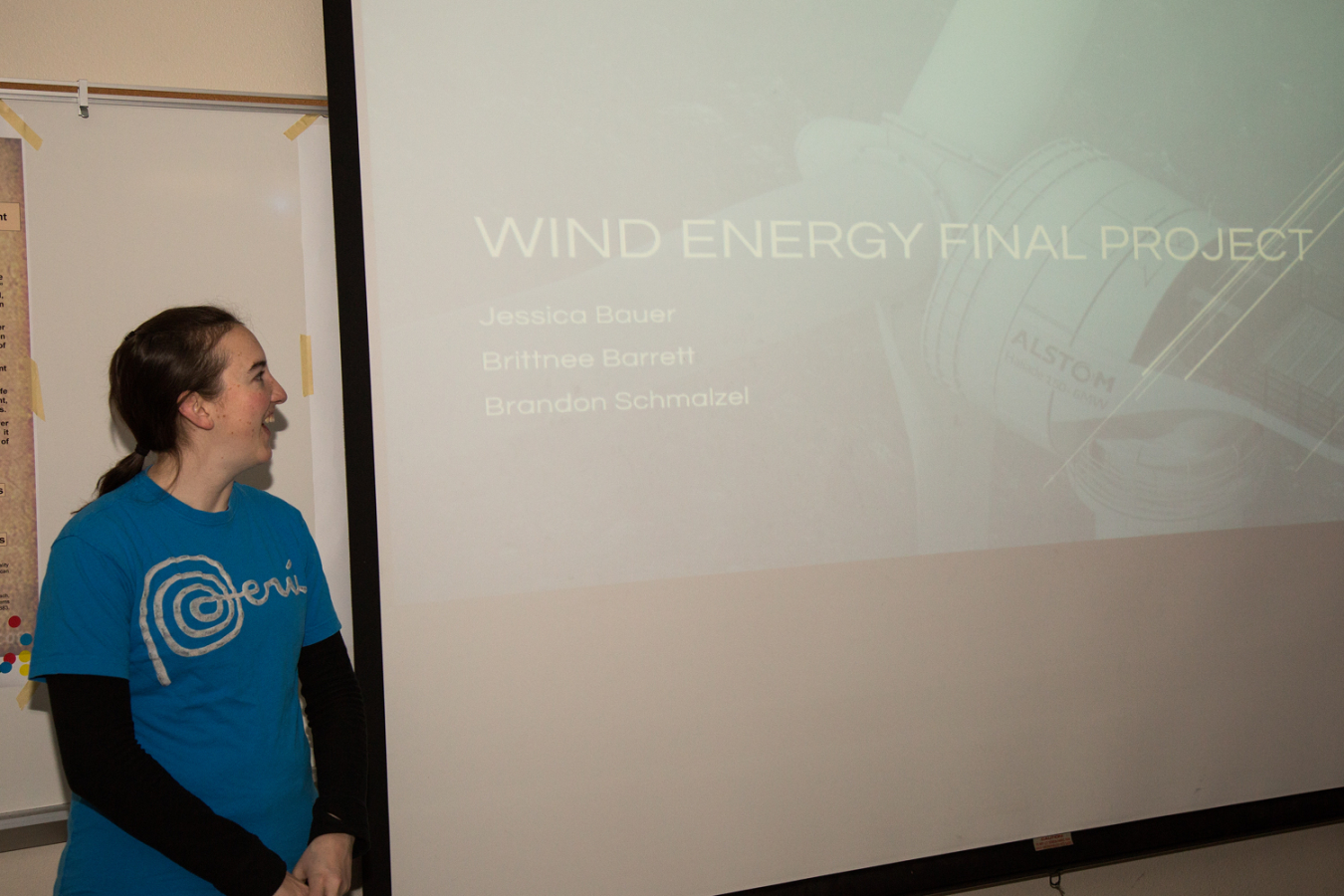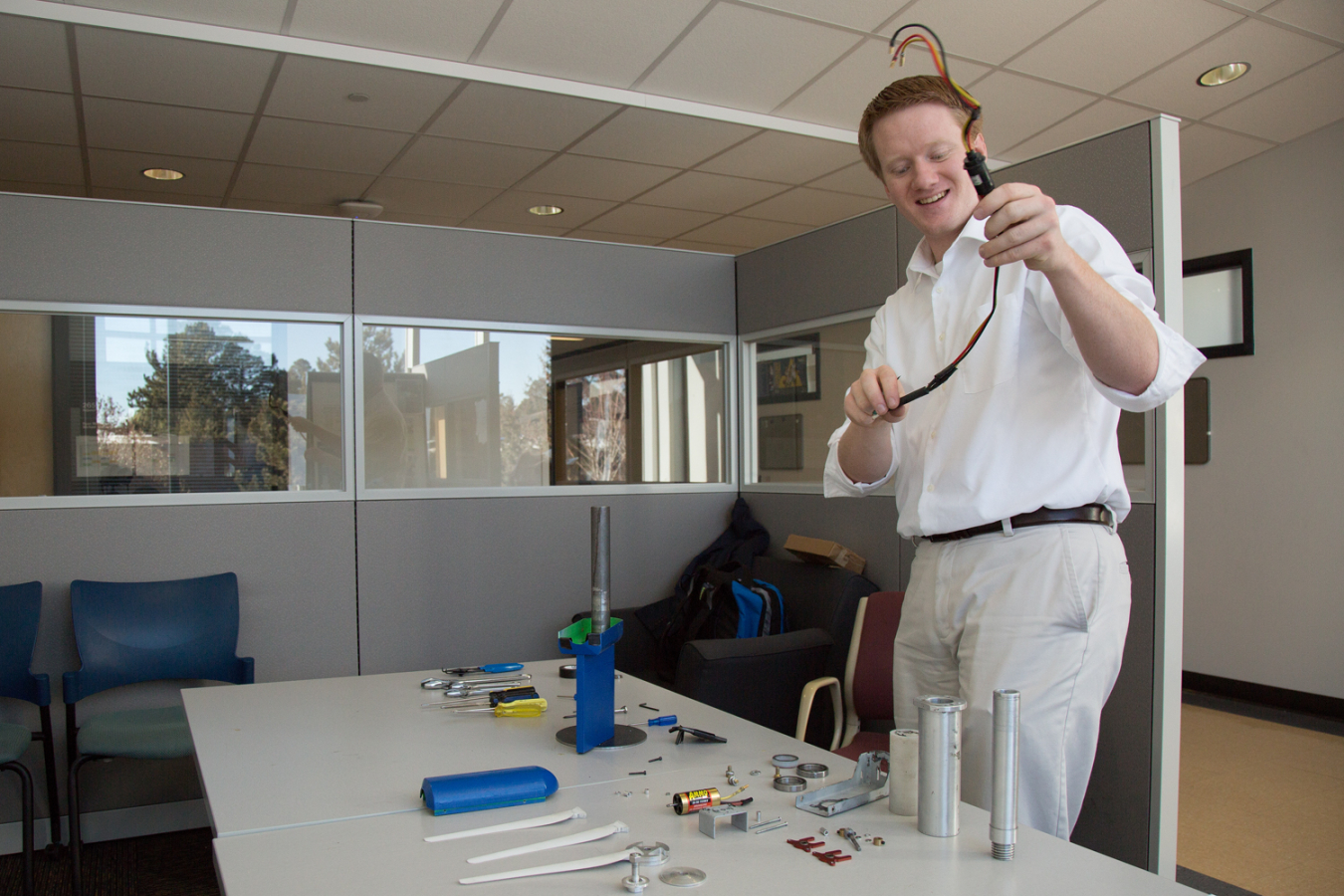
Team Roster: Anas Alkandari, Mechanical Engineering; Randon Allen, Electrical Engineering; Hashim Alramadhan, Mechanical Engineering; Jessica Bauer, Mechanical Engineering; Luke Baxter, Business Administration; Thomas Begay, Business Administration; Connor Campbell, Business Administration; Nathan Ceniceros, Mechanical Engineering; Norman Clark, Mechanical Engineering; Michael Coil, Business Administration; Jeremy Cook, Mechanical Engineering; Nathan DeHeer, Business Administration; Adam DeSerio, Business Administration; Michael Evans, Electrical Engineering; Dakota Grizzle, Business Administration; Korey Holaas, Electrical Engineering; Carl Lambright, Business Administration; Kyle Lyndsay, Business Administration; Nathan McWhirter, Business Administration; James Melton, Mechanical Engineering; Scott Muente, Mechanical Engineering; Brock Pellerin, Electrical Engineering; Tyler Richard, Mechanical Engineering; Jess Robinson, Electrical Engineering; Zachary Sabol, Electrical Engineering; Ryan Schatz, Mechanical Engineering; Blake Skorich, Business Administration; Kyle Thompson, Business Administration; Michael Wertz, Mechanical Engineering; Brayden Worrell, Electrical Engineering

Team members at the Perrin Ranch Wind Farm.

Team member Jessica Bauer presenting in a Wind Engineering class.

Team member Michael Wertz assembling the 2014 Northern Arizona University's team's turbine.
TEAM NAME:
WHY WIND?
Northern Arizona University students selected this project because they value the interdisciplinary, real-world experience and the technical and business challenge, and they expect that the project will better prepare them for employment after college than alternate academic projects for their capstone courses.
Some students are intrigued by renewable energy and want to learn more, while others have worked previously in renewable energy and want to learn more specifically about wind energy. Many students are interested in pursuing careers in renewable energy.
PROJECT DESCRIPTION:
Team NAU, from Northern Arizona University, is developing a turbine for deployment in multiple remote, off-grid applications that will serve communities and individuals with their electricity and communications needs. The team’s primary market is telecommunication towers. A secondary market is to branch into rural electrification through microgrids.
GAME PLAN:
Team NAU consists of 30 undergraduate students—18 engineering and 12 business students. The engineering students are a mix of mechanical and electrical engineers, and the business students are specialists in finance, management, and marketing. For the fall 2015 semester, the business students were divided into two teams tackling two distinct business plans, from which the team has selected one to emphasize as its target market. Because the second business plan is complementary, the team plans to use elements of it in their overall business concept.
The engineering students are divided into two tunnel turbine teams and one deployment turbine team. Each team consists of students with a variety of backgrounds. Each student has a role for which they are the lead or content expert. Student leads meet weekly, project managers meet weekly, and engineers meet weekly, as a large group and in sub-teams, all in addition to the classes that house this project for academic credit. In the spring 2016 semester, the engineering students will continue their tunnel and deployment turbine design work through their capstone course, and an independent study class will provide the structure for the team’s continued business plan and deployment strategy work.
TEAM STRENGTH:
Team members are excited about the business development and deployment challenge, because this represents an interesting, real-world market problem and they want to gain experience in business development in a challenging setting. Several students mentioned that they feel they can be strong in the bonus challenge because it allows them to be creative.
TEAM HURDLES:
The team acknowledges the challenge of everyone staying coordinated and communicating on a large, interdisciplinary team that has so many subteams and team dynamics. The students are thoroughly enjoying the individual challenges of the turbine design project, now that they have learned enough to break the problem down and are really in the thick of tackling it in pieces. After several months of learning about the business of wind energy, students feel that one of the biggest challenges is the lack of competitiveness of small-scale wind turbines with other sources of off-grid power or renewable energy, such as solar panels. The relatively small niche for targeting their business plan is undoubtedly one of the largest hurdles for this project from the students’ perspective.
TEAM TAKEAWAY:
Students expressed that being part of a team, no matter how the competition goes, is the most important thing they will gain from the event and experience of being part of it all year.
After a semester working on the team together, students feel they have learned a lot about team dynamics, about working with students from different backgrounds, and about being professionals in an industry setting that is both challenging and intriguing. The opportunity to learn about their own skills and to pursue areas of potential professional development is an extra bonus of working on the CWC project.
